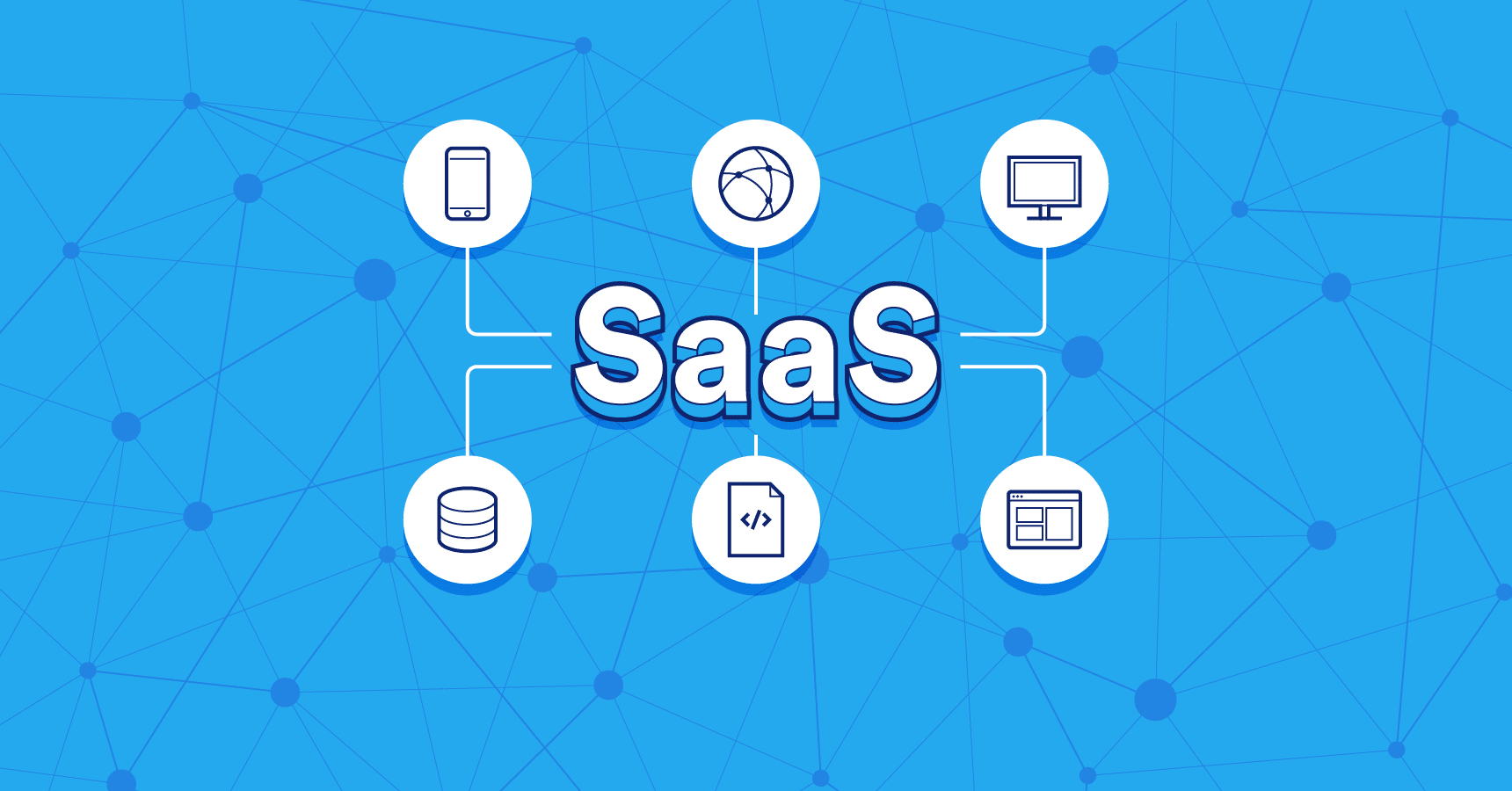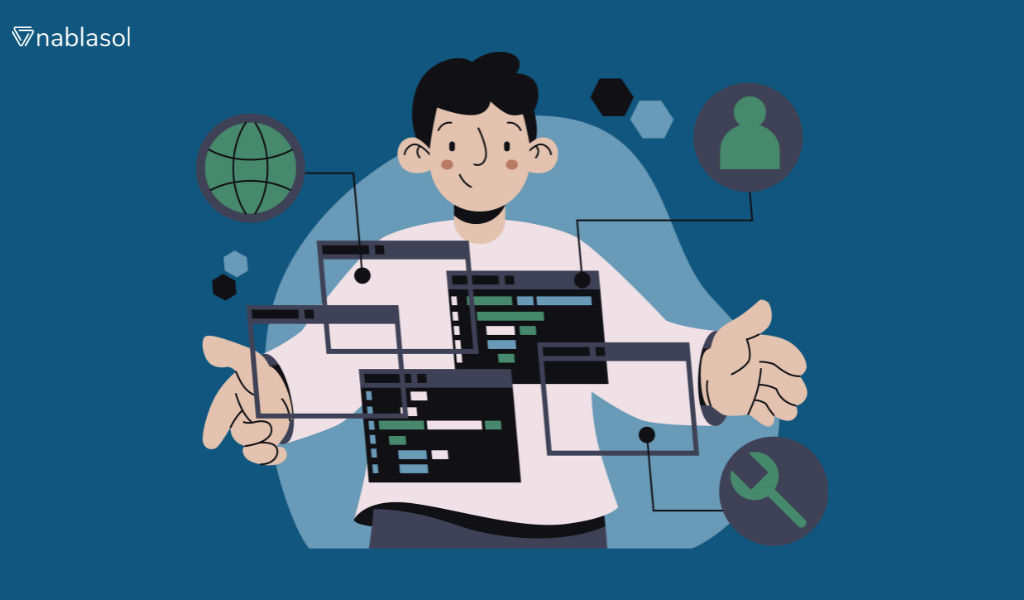In the healthcare sector, system integration is crucial since it promotes technical innovation and efficient operations. By combining ERP (Enterprise Resource Planning) and CRM (Customer Relationship Management) systems with other essential technologies, healthcare organizations may establish a cohesive, efficient infrastructure. This integration eliminates information silos, automates processes, and enhances decision-making skills by building a flexible framework. It goes beyond simple technological links. Consequently, companies can provide improved healthcare and customer service. Understanding the critical responsibilities and advantages of system integration, particularly strategic API interfaces, enables businesses and healthcare providers to drastically improve their operations and the experiences they give to patients and clients.
Healthcare System Integration
In the complex world of healthcare, providing excellent, coordinated care requires the seamless integration of several systems. Healthcare companies are using technology more and more to handle patient data, treatment plans, and inter-service communication more efficiently. These companies integrate Electronic Health Records (EHR), medical equipment, and telemedicine solutions to boost productivity, improve patient outcomes, and guarantee continuous care. This approach complies with stringent privacy regulations such as HIPAA while streamlining operations. A closer look at a few key integrations that are revolutionizing patient care is provided below:
EHR Integration: Labs, pharmacies, and billing systems can all be connected to Electronic Health Records to provide an exhaustive overview of patient data. Healthcare professionals can make informed decisions and give better patient care because of this uniform access.
Medical Device Integration: Connecting medical equipment to digital medical records enables real-time observation and tracking of patient data. It allows quick reactions to shifts in a patient’s status with continuous monitoring, which is crucial in critical care settings.
Health Information Exchange (HIE): HIE platforms ensure secure patient data exchange across various medical professionals. This integration boosts coordination. All healthcare practitioners, regardless of location, have instant access to the same current information.
Telemedicine Integration: Expanding access to healthcare requires integrating telemedicine technologies. This includes patient portals, video conferencing, and remote monitoring. With these tools, patients can receive timely care. They don’t need to travel to distant areas.
Connecting medical equipment to digital medical records enables real-time observation and tracking of patient data. This connectivity allows quick reactions to shifts in a patient’s condition. Continuous monitoring is crucial in critical care settings.
CRM and ERP Integration in Healthcare
Integrating Customer Relationship Management (CRM) and Enterprise Resource Planning (ERP) systems in healthcare exemplifies effective system integration. This strategic combination streamlines data flow and boosts efficiency. It also sharpens decision-making across healthcare organizations. Here are the key benefits:
- Unified Patient Information: CRM and ERP integration provides a centralized view of patient data, treatment histories, billing, and appointments. This single source ensures all patient interactions are documented and accessible, streamlining patient management.
- Automated Data Synchronization: Automatic updates across systems reduce manual errors, keeping patient records current and reliable. This helps healthcare professionals access accurate information quickly, enhancing both clinical and administrative tasks.
- Enhanced Resource Forecasting: Combining patient management data with financial insights allows for precise forecasting of medical supplies, staff scheduling, and budgeting. This efficiency helps optimize operations and prepare for future demands.
- Improved Patient Experiences: Fast access to detailed patient histories enables personalized and informed care. Providers can quickly review past treatments and preferences, leading to more effective and empathetic patient interactions.
These integrations transform healthcare delivery, ensuring smooth operations and superior patient care.
API Integration: Transforming Healthcare
API integration is revolutionizing healthcare, making systems more cohesive and care more patient-centered. Here’s how APIs are making a difference across the healthcare landscape:
Enhanced Data Accessibility and Interoperability:
The smooth transfer of data between various healthcare platforms, including EHRs, diagnostic instruments, and treatment systems, is made possible by APIs. Medical personnel can instantly access vital patient data due to this accessibility, which helps with precise diagnosis and efficient care coordination. APIs aid in the creation of comprehensive patient profiles that raise the standard of treatment by gathering data from numerous sources.
Streamlined Workflows:
By automating data transfers, APIs decrease errors and the amount of time spent on manual data entry. The efficiency of this allows medical professionals to concentrate more on patient care. For instance, uploading test data directly to a patient’s electronic health record (EHR) can expedite diagnosis and enhance response times.
Enhanced Patient Engagement:
APIs provide patient portals and apps that encourage proactive health management. These innovations make it simple for people to access their medical records, communicate with doctors, make appointments, and receive health reminders. By increasing patient involvement and commitment to treatment methods, influence improves health outcomes.
Population Health Management:
APIs integrate into healthcare systems to collect and analyze large datasets, helping to manage and improve population health. They enable healthcare organizations to spot trends, predict disease outbreaks, manage chronic conditions effectively, and allocate resources wisely. APIs thus support targeted public health strategies, improving overall health management.
Ecosystem Collaboration:
APIs create a cooperative environment where hospitals, clinics, insurers, and other healthcare stakeholders can share information securely and efficiently. This shared access ensures coordinated care and supports healthcare innovation by integrating advanced technologies like telemedicine and AI into existing systems.
In essence, API integration is not merely about linking systems—it’s about forging an interconnected environment that elevates the efficiency, effectiveness, and patient focus of healthcare. Through improved data access, streamlined processes, and collaborative ecosystems, APIs are reshaping healthcare delivery for the better.
Conclusion
In conclusion, the integration of systems within healthcare and business settings, particularly through CRM and ERP systems, along with the strategic application of APIs, is fundamentally reshaping the landscape of service delivery. These linkages improve efficiency, provide a higher standard of care and service, and enable enterprises to handle the intricacies of modern operations more successfully. In terms of healthcare, this is providing patient treatment that is more individualized, responsive to each patient’s needs, and accurate and efficient. This dynamic is further enhanced by the cooperation made possible by API integrations, which create an environment in which resources and data are fully utilized. Ultimately, as we continue to advance technologically, the strategic integration of these systems will remain critical in driving the next wave of innovation and operational excellence in both healthcare and business environments.



